



BGM-109 Ground Launched Cruise Missile
When not deployed in the field the flights would be garrisoned at sites where the vehicles and missiles were maintained on quick reaction alert (QRA) in hardened blast resistant shelters. When deployed, each flight would travel to a designated dispersal area, manned by 69 combat trained men who maintained and operated the system while in the field. Once a flight established a launch site, personnel would set up a defensive perimeter while the LCC was hooked into the launchers via a fiber optic cable.
The LCC could communicate to the command post using HF and VHF satellite links or directly to the National Command Authority in the US. On receipt of an authorized emergency message the operators entered the proper coded sequence through the �Permissive Action Link� allowing the arming and targeting data to be entered into the system.
The TEL was then raised to an elevation of 45 degrees by a hydraulic ram and the armored doors at the front and end where opened prior to firing. A solid booster rocket engine would push the missile out of its launch tube before the main engine ( a Williams F-107-400 two shaft turbofan) would ignite carrying the missile to its designated target.
After launch the missile would travel a predetermined flight path, using an inertial guidance system designed to follow a pre-mapped satellite route to its target.


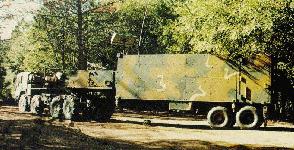
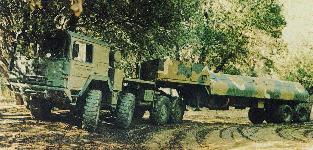
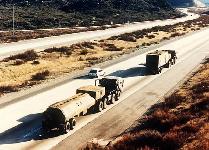
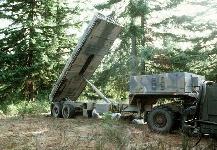
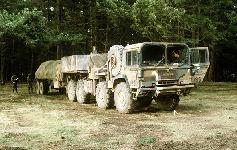
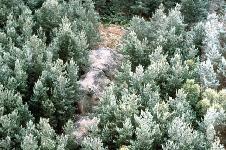
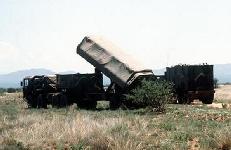
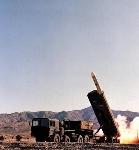
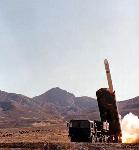
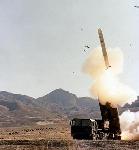
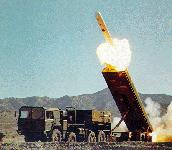
Specifications
|
|
Length
|
21 ft with booster
|
|
Wing Span |
8.6 ft
|
|
|
|
|
Cruise speed |
550 mph
|
|
Range
|
1400 miles
|
|
Warhead |
W-84
|
Sources and Resources
http://www.fas.org/nuke/guide/usa/theater/.htm
Maintained by Webmaster
Updated Saturday, December 20, 1997 5:01:56 PM



















